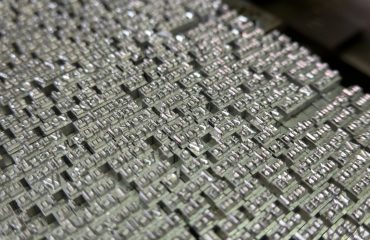Construction nails are seemingly simple components, yet their quality and proper selection significantly impact the strength, longevity, and overall safety of any building project. Understanding the standards and durability factors involved is crucial for professionals and DIY enthusiasts alike. This comprehensive guide delves into the intricacies of construction nails, helping you choose the right nail for the job.
Understanding Construction Nail Standards
Various organizations set standards for construction nails, ensuring consistent quality and performance. These standards often cover aspects like dimensions (length, diameter, shank type), material composition (steel type, coatings), and strength properties (tensile strength, shear strength). Key organizations involved include the American Society for Testing and Materials (ASTM) and ISO (International Organization for Standardization). ASTM standards, for instance, specify the acceptable variations in nail dimensions and the testing methods used to determine a nail’s strength. Compliance with these standards ensures that nails meet minimum requirements for performance in specific applications. Ignoring these standards can lead to compromised structural integrity and potential safety hazards.
The Role of Nail Material and Coatings in Durability
The material and coating of a construction nail significantly influence its durability. Common nail materials include steel, galvanized steel, and stainless steel. Steel nails are cost-effective but susceptible to rust and corrosion, especially in outdoor environments. Galvanized steel nails, coated with zinc, offer better corrosion resistance, extending their lifespan considerably. Stainless steel nails provide the highest level of corrosion resistance and are ideal for applications exposed to moisture or harsh chemicals. Different coating types also affect durability. For example, a thicker zinc coating on galvanized nails provides superior protection against rust compared to a thinner one. The choice of material and coating depends on the specific application and the environmental conditions.
Common Types of Construction Nails and Their Applications
Construction nails come in various types, each designed for specific applications. Common types include:
- Common Nails: These are general-purpose nails with a smooth, cylindrical shank. Suitable for framing, sheathing, and other general carpentry work.
- Box Nails: Similar to common nails but with a slightly larger head and a thinner shank. Often used for fastening boxes and crates.
- Finishing Nails: These nails have a small head that is easily countersunk, making them suitable for finishing work where a smooth surface is desired.
- Roofing Nails: These nails have a larger head to provide extra holding power and a ring shank to prevent them from pulling out of the roofing material. Specifically designed for roofing applications.
- Drywall Nails: These nails have a narrow shank and a slightly larger head to minimize damage to the drywall. Used for hanging drywall sheets.
- Concrete Nails: These nails are designed with a hardened tip to penetrate concrete and masonry effectively.
Understanding the strengths and limitations of each type ensures the appropriate nail is selected for the application, maximizing holding power and minimizing the risk of failure.
Factors Affecting Nail Holding Power and Durability
Several factors influence the holding power and durability of construction nails. These include:
- Nail Length: Sufficient nail length is crucial to provide adequate penetration into the supporting material. Nails that are too short may pull out easily.
- Nail Diameter: A larger diameter nail generally provides greater holding power, but it can also cause more damage to the material being fastened.
- Wood Density: Hardwoods generally provide better holding power for nails than softwoods. The density of the material directly impacts the nail’s ability to remain embedded.
- Nail Placement: Proper nail placement is essential for maximizing holding power. Nails should be driven straight and at the correct angle to avoid splitting the wood or causing other damage.
- Environmental Conditions: Exposure to moisture, extreme temperatures, and chemicals can significantly affect the durability of construction nails, leading to rust, corrosion, and reduced holding power.
Careful consideration of these factors is crucial for ensuring the long-term performance and structural integrity of any construction project.
Testing and Quality Control of Construction Nails
Rigorous testing and quality control measures are employed to ensure that construction nails meet the required standards. These tests typically assess the nail’s tensile strength, shear strength, and resistance to bending. Tensile strength measures the nail’s resistance to being pulled apart, while shear strength assesses its resistance to being sheared off. Bending tests evaluate the nail’s ability to withstand deformation. Manufacturers often conduct these tests to verify that their products meet the specified standards and quality requirements. Independent testing laboratories may also be involved to ensure impartial verification of nail performance and durability. This rigorous quality control process is vital for maintaining the reliability and safety of construction projects.
By understanding the standards, material choices, and application-specific considerations outlined above, you can ensure that your construction projects utilize nails that provide the necessary strength, durability, and longevity. Selecting the right nail is a seemingly small detail that can significantly impact the overall success and safety of your project. Remember to always consult relevant standards and specifications for your region and application.
SEO Tags:
- Construction Nails
- Nail Standards
- Nail Durability
- Construction Fasteners
- Building Materials




